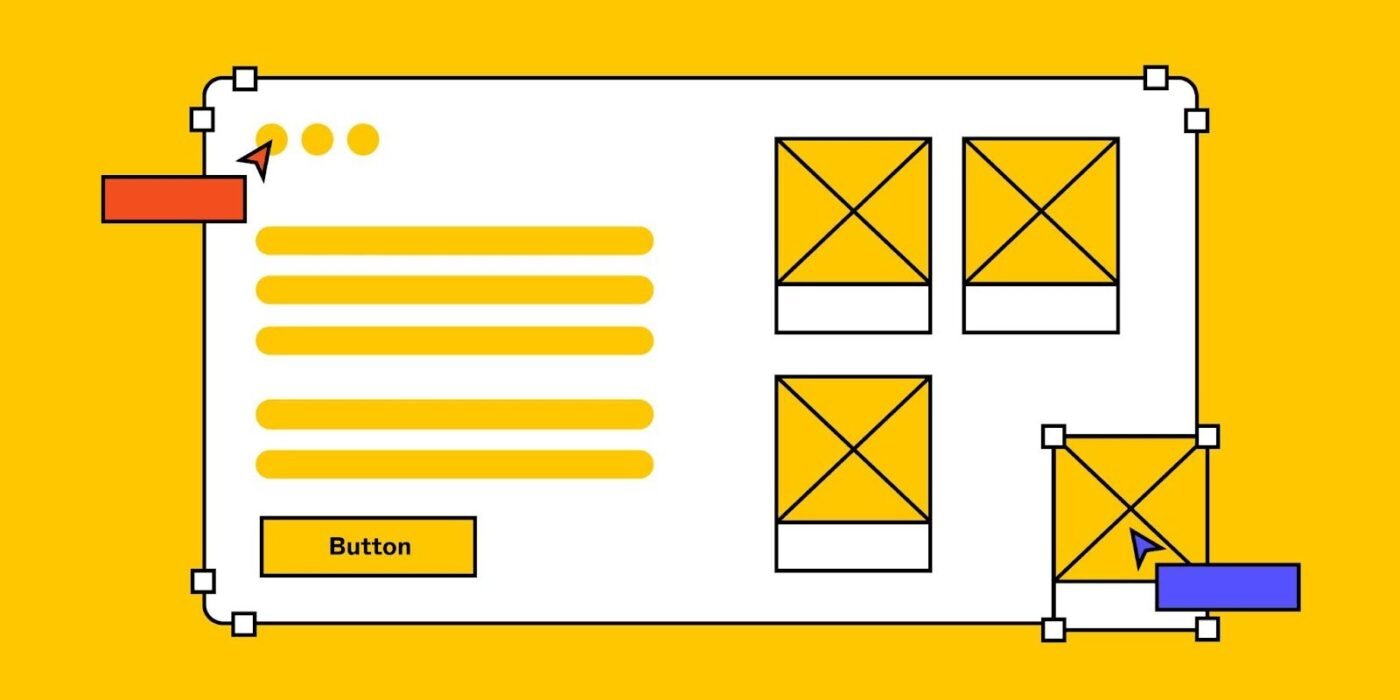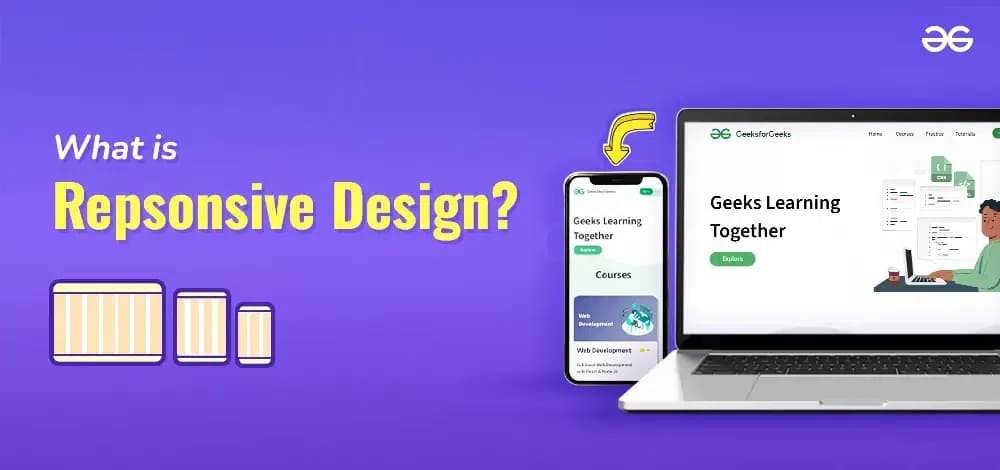Modern users expect more than static content; they want websites that feel responsive, interactive, and engaging. Yet, many designers struggle with the practical steps for how to build an interactive website that is both user-friendly and visually appealing, which leads to poor engagement.
According to Heyflow, incorporating interactive elements such as animations, quizzes, and responsive layouts can enhance your site’s engagement and user-friendliness. This guide walks you through practical steps to create a dynamic experience and make your website truly stand out.
Key Takeaways:
- Effective interactivity improves user engagement and reduces bounce rates.
- Understanding your users and planning ensures a solid website foundation.
- Utilize platforms such as Wix, WordPress, and Heyflow to simplify development.
- Regular testing and ongoing optimization help maintain performance, usability, and engagement over time.
10 Steps to Build an Interactive Website
Below is a step-by-step interactive website design tutorial to guide you through the essential actions.
1. Define Your Goals and Audience
Whether for selling products, sharing content, or delivering services, start by identifying your website’s main purpose. Clear goals help you plan the interactive features to align with business objectives and user needs.
Then, analyze your target audience: the devices they use, their online behavior, and the type of content they engage with most. Tools like Hotjar and Google Analytics can help you gather insights into user preferences and interaction patterns.
2. Plan the Structure and Wireframes

Start to build an interactive website with wireframes | Source: Figma
With your goals and audience defined, create a sitemap to map how users will move through your site. Use tools like Figma or Sketch to design wireframes that outline where headers, buttons, and interactive areas will be placed.
These wireframes serve as a blueprint for development, assisting you in ensuring a smooth flow and logical layout. When learning how to build an interactive website, focus on placing interactive zones in general terms rather than locking in specific features, so you keep flexibility for future updates.
3. Choose a Suitable Platform
Select a platform that supports interactivity and matches your technical skills. Ensure your chosen platform allows you to implement animations, dynamic content, and forms without heavy coding. Therefore, your site remains maintainable and scalable.
WordPress with Elementor, Heyflow, Webflow, and Wix are popular no-code platforms, offering flexibility and ease of integration for interactive features.
4. Design a Clear and Engaging UI
Prioritize clarity in your interface by using clean layouts, readable fonts, and sufficient whitespace to create an organized look. A strong visual hierarchy, strategic placement of CTAs, and consistent design cues help users understand navigation instantly.
Keep the layout simple and prioritize clear navigation so users can reach their goals effortlessly. Prototyping tools like Figma are great for testing layout and flow before development.
Also Read : How to Patent a Logo and Secure Your Brand Identity
5. Add Interactive Elements
Introduce interactive features that encourage user participation, such as image sliders, hover effects, collapsible sections, or dynamic forms. These elements keep the experience lively and intuitive, making navigation smoother while promoting engagement.
Learning how to create an interactive website involves using tools like H5P for quizzes or Elementor for pop-ups to integrate meaningful features without sacrificing speed or usability.
6. Ensure Mobile Responsiveness

Interactive website design on desktop and mobile devices | Source: GeeksforGeeks
With mobile users dominating web traffic, all interactive features must function seamlessly on small screens. Apply responsive design principles, using flexible grids, scalable layouts, and images that adjust to different devices to maintain a smooth experience.
Furthermore, test your website on multiple devices and browsers to confirm that buttons, forms, sliders, and animations maintain their functionality and visual appeal.
7. Optimize Speed and Performance
Interactive elements often increase page weight and can slow down load times. So compress images, minify scripts, and leverage lazy loading along with CDNs to ensure fast performance without sacrificing interactivity. Use tools like Google PageSpeed Insights or GTMetrix to test the speed and identify bottlenecks.
Also Read : 6 Stages of the Graphic Design Process You Can’t Skip
8. Use Data-Driven Personalization

website personalization examples to engage readers | Source: WebFX
Personalized content makes an interactive website more engaging by delivering experiences tailored to user interests. For instance, a site can display product suggestions, location-based offers, or related articles based on previous interactions.
You can use tools like Optimizely or Dynamic Yield to help analyze user behavior and deliver relevant content in real time. This approach makes your website feel dynamic, relevant, and user-focused.
9. Test Accessibility and Usability
Make sure your website is accessible and easy to use for all visitors, including those with disabilities. Follow WCAG guidelines, provide alt text for all images, and verify that color contrast and font sizes are readable on all devices.
Employ tools like Lighthouse or Axe-Core along with usability testing to confirm that buttons, forms, and other interactive features work smoothly for everyone.
Also Read : 15 Inspiring B2B Website Design Ideas to Learn From
10. Launch, Monitor, and Iterate
After launching your website, closely monitor how users interact with it using heatmaps, click tracking, session recordings, and A/B testing. Gathering real-world data allows you to understand which interactive elements are effective and which may need improvement.
Then, refine your features based on user feedback and analytics insights. By continuously updating content, animations, and interactive components, you can ensure that your website remains engaging, functional, and aligned with user expectations over time.
Also Read : Why Is Branding Important: A Key to Improving Business
Keep Your Website Engaging and User-Centered
Learning how to build an interactive website goes beyond adding animations or pop-ups. It requires planning, user-centered design, and ongoing iteration. Defining goals, planning structure, and adding interactive features also helps create a functional and visually appealing site.
Additionally, well-chosen typography improves the way users interact with your website. For a polished and modern look, explore the professional Display Fonts Collection that complements your website’s interactive elements and improves readability.
Get your favorite fonts at Letterara Studio and access versatile fonts designed for engaging, user-friendly web design!

